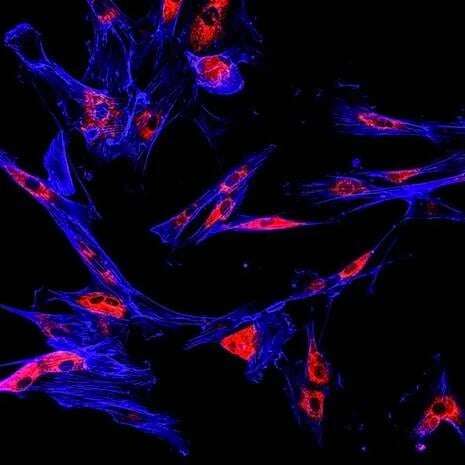
- Our Services
- Platforms
- Target Solutions
- Technologies
- Service Types
- Our Science
- About Us
- Contact us

Orthotopic tumor models provide a clinically relevant, organ-specific tumor microenvironment (TME) to improve preclinical predictivity over subcutaneous alternatives. Generated by seeding tumor cells at the organ-specific site of the original tumor, orthotopic models mimic the primary lesion and establish better tumor, stroma, and immune component interactions than subcutaneous implantation.
This allows more human-disease relevant tumor development and progression, including spontaneous metastasis, recapitulating late-stage tumors. Orthotopic models therefore provide the ideal setting to:
Orthotopic models offer many benefits but there remain challenges. Orthotopic implantation of cell lines can be time consuming, technically challenging and inefficient due to the laboratory and surgical procedures required to establish these tumor models. To address these challenges, Crown Bioscience has introduced high-frequency ultrasound to provide a less invasive and faster method of cell implantation, with significant improvements in animal welfare.

Learn More about high-frequency ultrasound
Unlike BLI, HF ultrasound imaging does not require the use of bioluminescently-tagged tumor models. This can reduce study lead time and eliminates the potential of loss-of signal due to necrotic tumor tissue in certain tumor types. Additionally, HF ultrasound offers 2D and 3D imaging for tumor tracking and precise measurement of tumor volume and location.
Our cutting edge imaging techniques and platforms include:
Our panel of validated orthotopic bioluminescent models include syngeneic as well as xenograft lines.
© 2025 Crown Bioscience. All Rights Reserved.
Privacy Policy | Imprint | Terms of Service | Privacy Preferences


© 2025 Crown Bioscience. All Rights Reserved. Privacy Policy
2025-03-31
2021-10-25
site_page